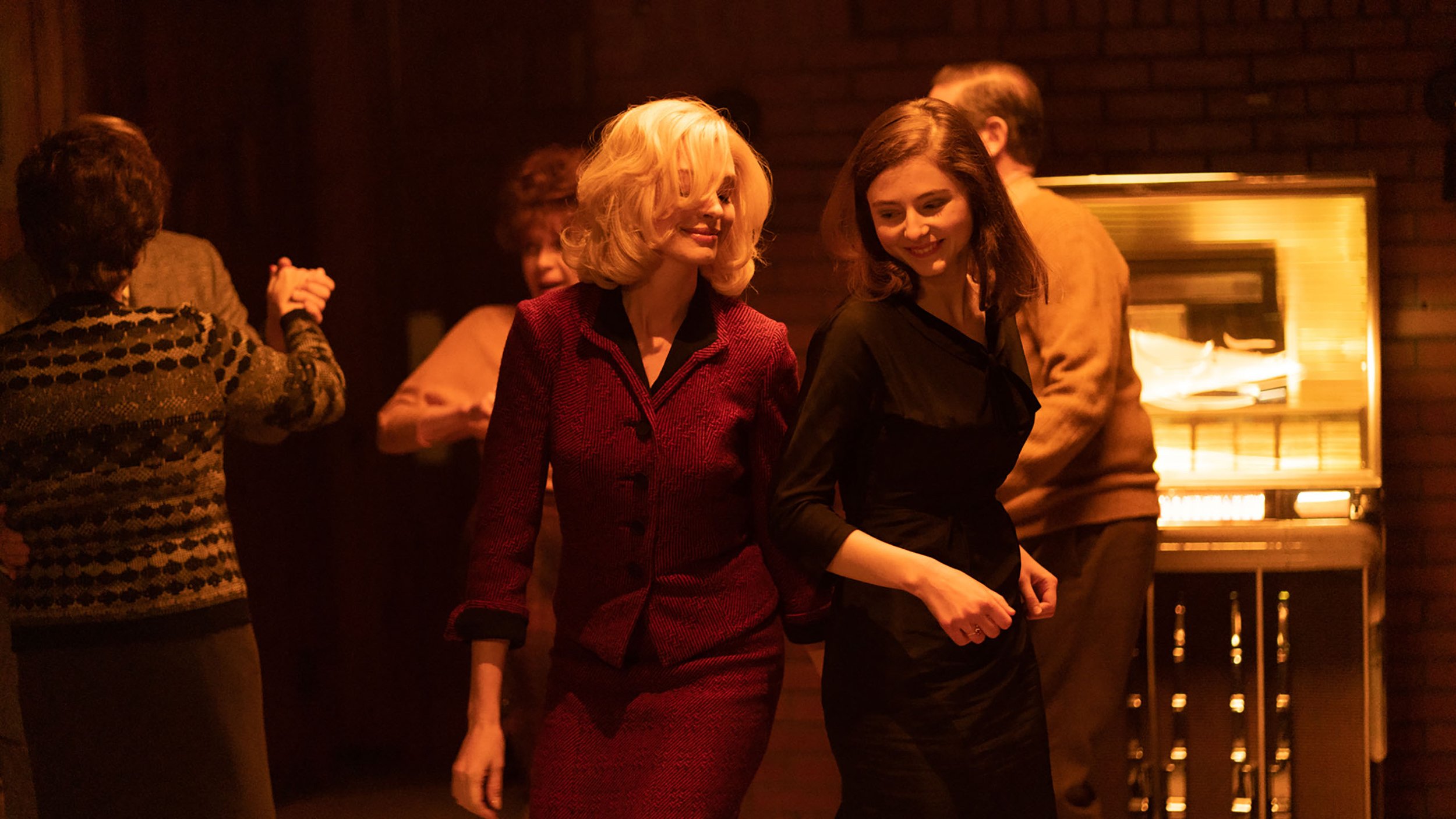Review: 'The Boy and the Heron' is Japanese animation legend Hayao Miyazaki at his impassioned, surrealist best
It’s been 10 years since Hayao Miyazaki, who at 82 remains the unparalleled master of Japanese animation, has released a feature film — and if “The Boy and the Heron” is his final masterpiece, we all should be thrilled and awed that we have it in our collective lives, creating marvel and wonder.
From the opening moments, it feels like Miyazaki is pushing himself to invent new ways to use animation. The first scenes, of the boy Mahito racing through his village to get to the hospital where his mother works because it’s on fire, are breathtaking — the images of flames seemingly radiating with their own heat.
The story — an original script written by Miyazaki — picks up a short time later, in the middle of World War II, as Mahito and his father move from Tokyo to the country. Dad is managing a factory (we learn that he’s making plane parts for the Japanese military), which is also near the ancestral home of Mahito’s late mother. Dad has moved on, having married his wife’s sister, Natsuko, who is pregnant. Mahito is still getting used to the idea of his aunt becoming his stepmom.
When he arrives at his new house, Mahito does get an unusual greeting: A friendly fly-by from a gray heron. He’s never flown into the house before, Natsuko tells Mahito.
The heron later taunts Mahito to venture out of the house, and toward a mysterious tower on the grounds nearby. The heron’s appearance subtly changes — first with teeth visible within his beak, then a gargantuan schnozz, then an entire head.
What happens next I can’t really say — both for spoiler purposes, and because the movie’s imagery becomes so bizarre that descriptions could be chalked up as a matter of interpretation. Generally, the story takes on some of Miyazaki’s favorite themes: The permeable border between the spirit world and this one (as seen in “Spirited Away”), the supernatural forces of nature (shout-out to “Princess Mononoke”) and the possibility of transformation (as seen in “Ponyo,” “Howl’s Moving Castle” and others).
However, just because Miyazaki is exploring familiar themes doesn’t mean he’s skating on his reputation. The animation here is among the best he’s ever produced, as Mahito’s quest to save Natsuko on “the other side” puts the boy on a path where nothing is exactly what it appears, but everything is strange and full of wonder.
(I saw the movie with its original Japanese voice cast and subtitles. There is an English-language version also hitting theaters, with a voice cast that includes Robert Pattinson, Gemma Chan, Willem Dafoe, Dave Bautista, Mark Hamill, Florence Pugh and Christian Bale.)
One can read “The Boy and the Heron,” with its themes of coming to terms with death, as Miyazaki’s farewell — and a last chance to show his many fans that he’s still an artist of the finest kind. If this is Miyazaki’s final film, it’s a beautiful way to go out.
——
‘The Boy and the Heron’
★★★1/2
Opens Friday, December 8, in theaters. Rated PG-13 for some violent content/bloody images and smoking. Running time: 124 minutes; dubbed in English, or in Japanese with subtitles, depending on the theater.







